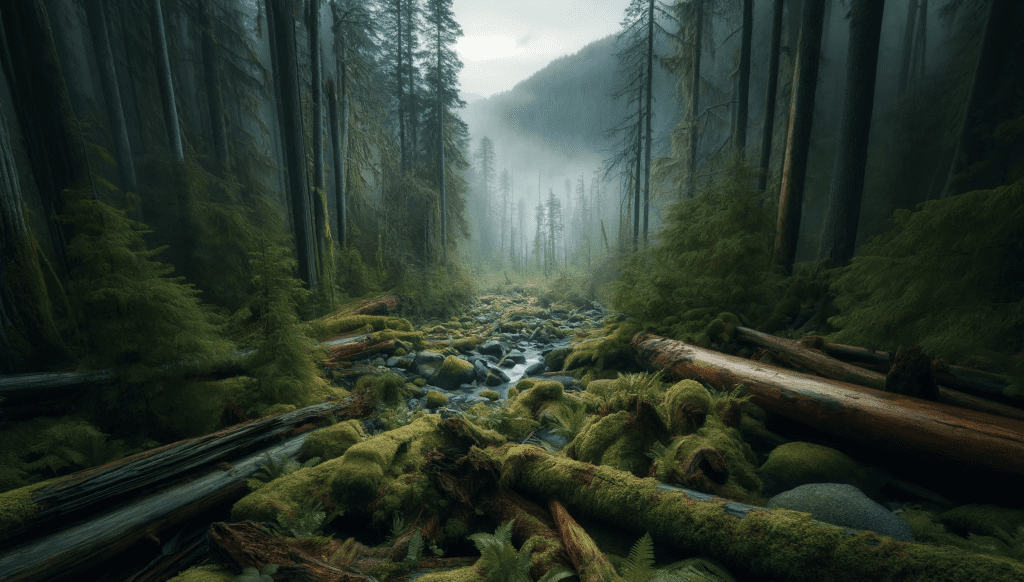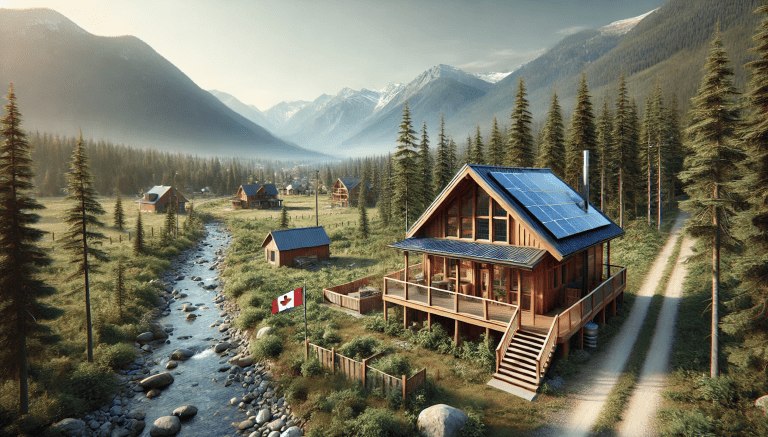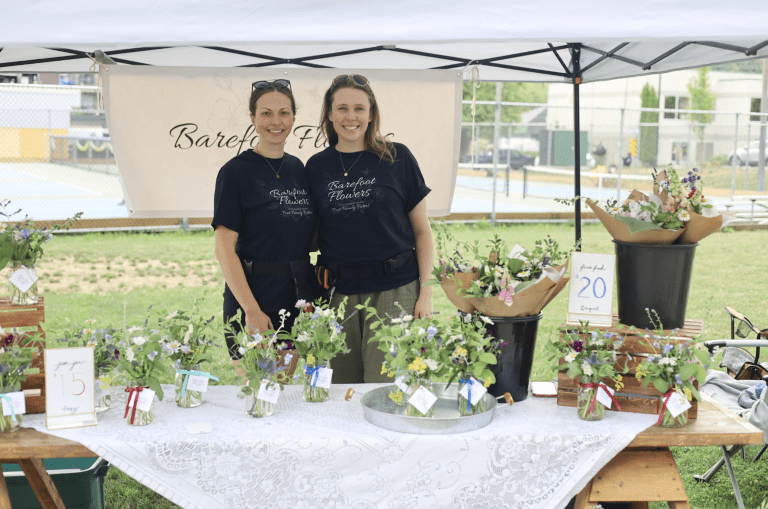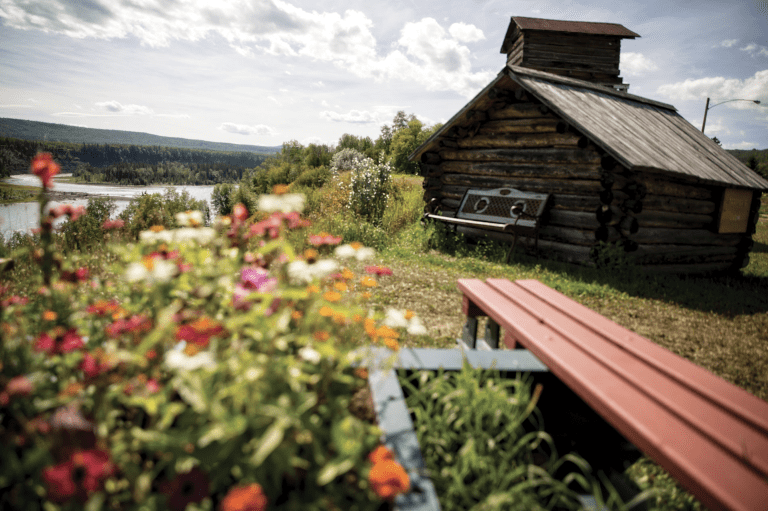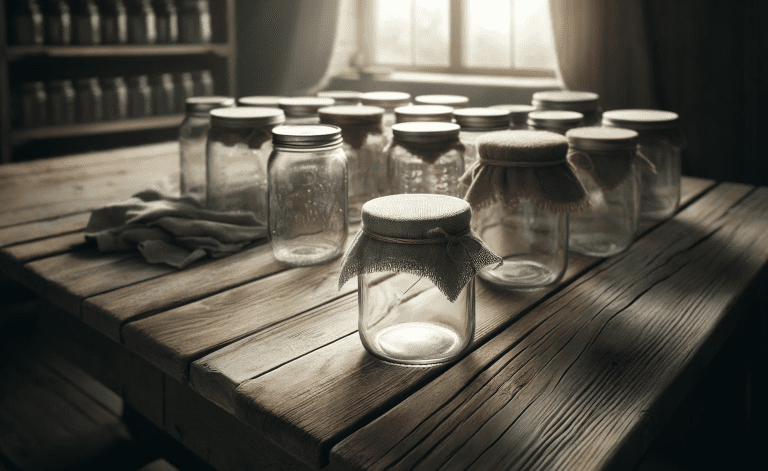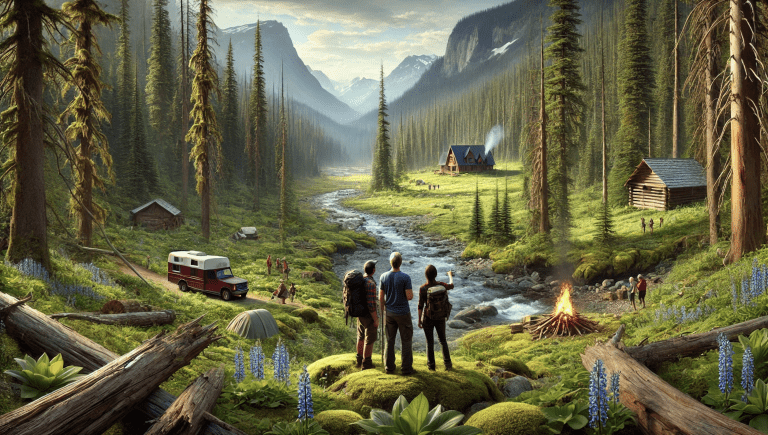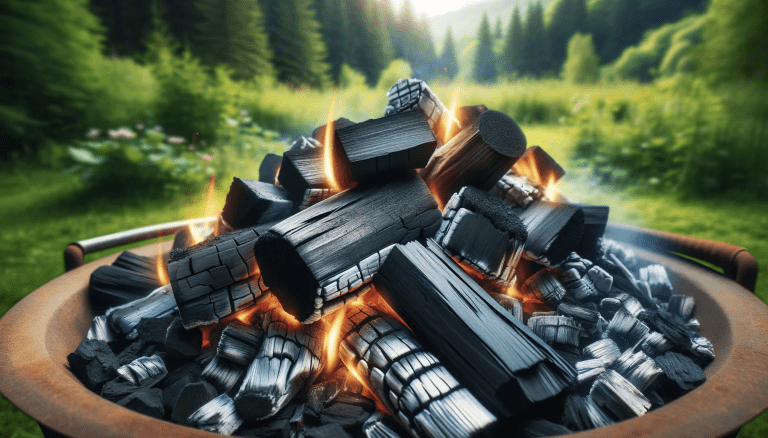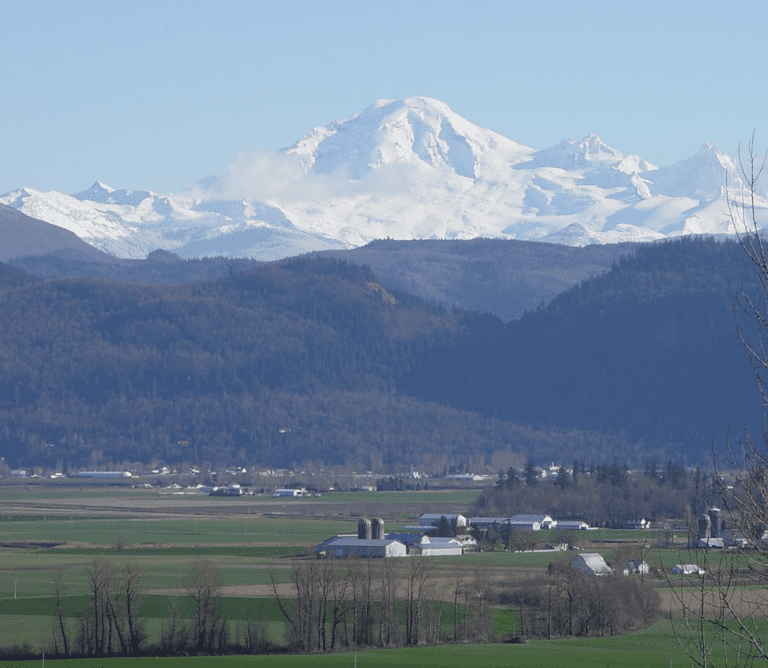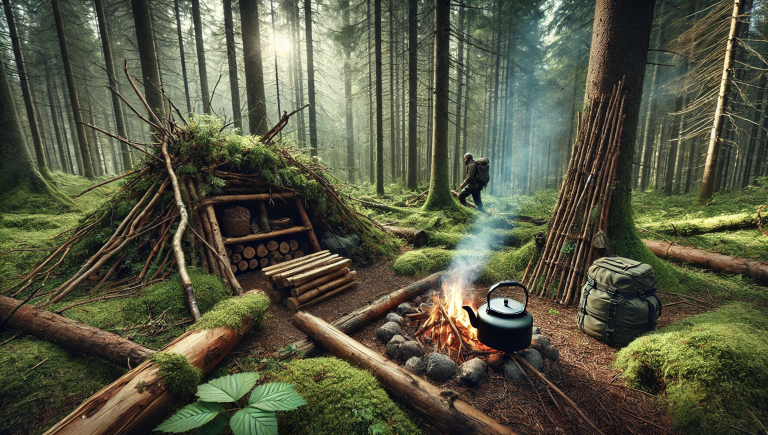Welcome to the Wild Bluebell Homestead blog, where we cherish and teach age-old survival and homesteading skills to our family, friends, and anyone interested in embracing the natural world. Today, we’re diving into an ancient technique that has been used for centuries to find true north using nature’s own compass: moss. This method is particularly useful in the lush, moss-covered forests of British Columbia Canada, nestled in the heart of the Pacific Northwest (Cascadia).
Let’s explore this fascinating and practical skill that can help you find your way back to safety.
Understanding the Basics: Why Moss?
Moss is a simple, non-vascular plant that thrives in moist, shaded environments. Because it relies heavily on water, it typically grows more abundantly on the north side of trees and rocks in the Northern Hemisphere. This is due to the north side receiving less direct sunlight, keeping it cooler and more humid. This natural phenomenon has been observed for centuries and can serve as a reliable guide for navigation.
The Principle of Moss and True North
Before relying solely on moss to determine direction, it’s important to understand a few key points.
Location and Climate: This method works best in temperate regions with a clear distinction between the north and south sides of trees or rocks, like the forests of British Columbia.
Observation: Moss doesn’t always grow exclusively on the north side, but it tends to be thicker and more abundant there.
Consistency: Combine moss observation with other natural indicators to confirm your direction.
Step-by-Step Guide to Finding True North Using Moss
Locate Moss-Covered Trees or Rocks
As you traverse the forest, look for trees or rocks covered in moss. These are your natural compasses.
Assess Moss Growth
Examine the moss coverage on multiple trees or rocks. Notice where the moss is densest. In British Columbia’s moist forests, this will often be on the north side.
Cross-Check with Other Natural Indicators
To ensure accuracy, use additional natural indicators:
- Sun Position: The sun rises in the east and sets in the west. In the morning, the sun will be in the eastern part of the sky, casting shadows that point west. In the afternoon, it will be in the western part, casting shadows that point east.
- Tree Rings and Bark: In some regions, tree rings can be wider on the south side where the tree receives more sunlight. Additionally, the bark might be rougher and thicker on the north side.
Confirm with Shadows
A practical way to confirm your direction is to use a shadow stick. Place a stick vertically into the ground and mark the tip of the shadow with a small stone. Wait about 15-30 minutes, and mark the tip of the shadow again. Draw a straight line between the two marks: the first mark is west, and the second is east. A perpendicular line to this will give you a north-south line.
Combining Ancient Wisdom with Modern Techniques
While moss can be a helpful guide, combining it with modern tools enhances reliability:
- Compass: Always carry a compass for backup.
- Maps: A detailed map of the area can provide context and help cross-verify your findings.
- GPS: If available, use a GPS device or smartphone with offline maps.
Practice Makes Perfect
Like any skill, practice is essential. Take your family or friends into the woods and practice identifying the north side of trees using moss. Combine this with the shadow stick method and other natural indicators to build confidence and proficiency. At Wild Bluebell Homestead, we regularly practice these skills to ensure everyone feels safe and capable in the wilderness.
Closing Thoughts
Navigating the forest using moss is a timeless skill that connects us to our ancestors and enhances our ability to thrive in the natural world. By understanding and practising this method, you can confidently find your way even when modern tools fail. At Wild Bluebell Homestead, we believe in preserving and passing down these invaluable skills, ensuring that future generations can navigate the wilds of British Columbia and beyond with ease and confidence.
Stay tuned for more tips, tricks, and insights into living harmoniously with nature enjoying bushcraft, homesteading, and outdoor adventures.
Happy exploring!

